1. A Bar of Soap for Nighttime Leg Cramps
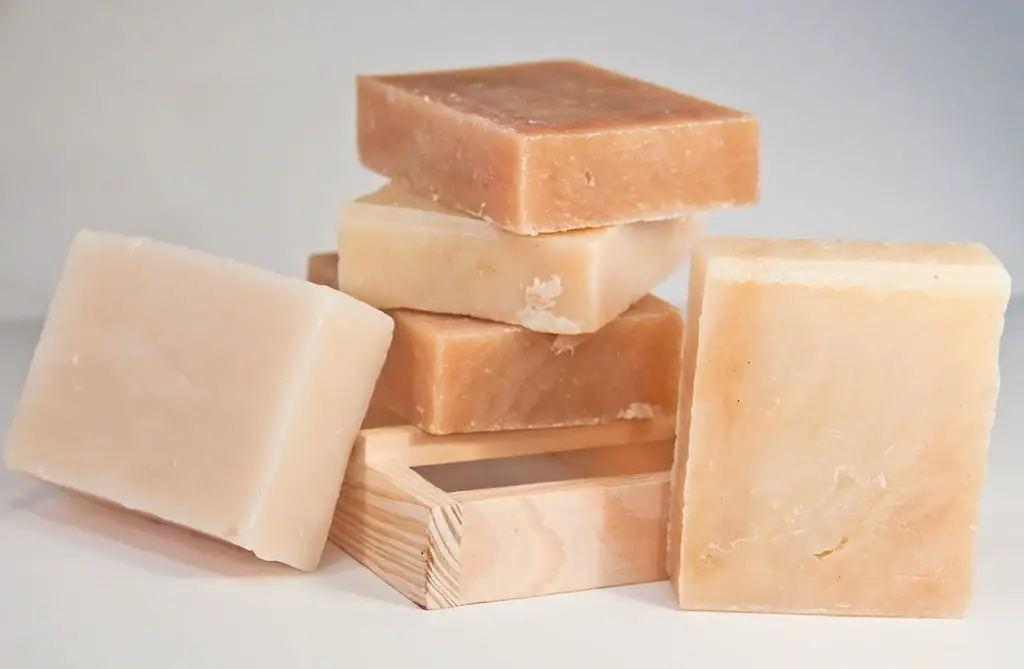
It might sound like an old wives’ tale, but many people swear by placing an unwrapped bar of soap under their bedsheet to prevent nighttime leg cramps. The exact reasoning behind this unusual practice remains a mystery, though some speculate it has to do with the soap’s fragrance or possible magnesium content. Advocates claim the soap creates a calming effect that reduces muscle spasms, allowing for a more restful sleep. Others suggest that the placebo effect could be at play, as the mere belief in its effectiveness might relax the body.
Regardless of the scientific explanation, this remedy requires little effort and costs almost nothing, making it an easy option to try. If you’re plagued by nocturnal leg cramps and looking for relief, sliding a bar of soap under your fitted sheet could be worth the experiment. Lavender or other naturally scented soaps are often preferred for their added soothing properties. This trick has been passed down through generations and continues to intrigue medical professionals and skeptics alike. While not everyone experiences relief, those who do often report significant improvements in sleep quality. Whether you consider it a quirky solution or a legitimate remedy, there’s no harm in giving it a go.
2. Duct Tape for Warts

Duct tape is more than just a household fix-all—it’s also a surprisingly effective treatment for warts. This remedy involves covering the wart with a small piece of duct tape, leaving it in place for several days. When you remove the tape, you soak the area in warm water and gently exfoliate the skin, often with a pumice stone. The tape’s adhesive creates a barrier that suffocates the wart, gradually breaking it down. Additionally, the tape may trigger an immune response by irritating the skin slightly, prompting the body to fight off the wart-causing virus.
Repeating this process over a few weeks can result in noticeable improvement and, in many cases, complete removal. Unlike expensive treatments that involve freezing or chemicals, this method is painless and affordable. While it may not work for everyone, its effectiveness has been backed by anecdotal evidence and some scientific studies. It’s also a great option for children or those hesitant to undergo invasive procedures. This simple, accessible remedy can be a game-changer for anyone seeking a non-invasive wart treatment.
3. Onion Slices for Earaches
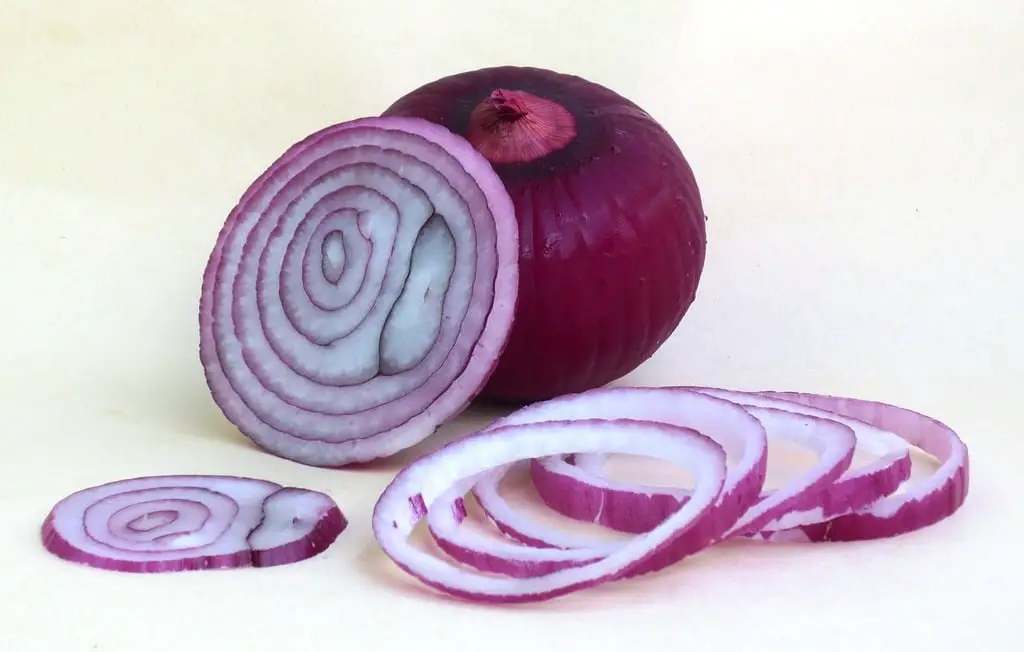
Onions, known for their culinary versatility, also offer medicinal benefits, particularly for soothing earaches. To use this remedy, warm a thin slice of onion, ensuring it’s comfortable to touch, and wrap it in a clean cloth. Gently hold the wrapped onion against the affected ear for several minutes. Onions contain sulfur compounds and antioxidants that have natural anti-inflammatory and antimicrobial properties, which can help reduce pain and combat potential infections. Some people believe that the warmth of the onion also aids in loosening built-up fluid or wax in the ear.
While this isn’t a replacement for professional medical advice, it’s a comforting option for mild discomfort. Many parents turn to this method for children who experience frequent earaches, finding it both gentle and effective. It’s a natural, chemical-free approach that requires only ingredients readily available in most kitchens. This time-tested remedy highlights the dual functionality of everyday foods, offering relief in a simple and practical way. Whether you’re skeptical or curious, it’s worth trying as a first step in addressing minor ear discomfort.
4. Toothpaste for Bug Bites

Bug bites can be a maddening source of itch and irritation, but a common household item—toothpaste—might just provide quick relief. A small dab of toothpaste applied directly to the bite can reduce itching and swelling almost instantly. The menthol in toothpaste creates a cooling sensation on the skin, which soothes the irritated area and distracts from the itchiness. Many toothpaste formulas also contain antibacterial agents that can help prevent infection if the bite has been scratched.
This remedy works well for mosquito bites, ant bites, and other minor irritations. It’s an especially convenient option when you’re on the go or lack access to specialized treatments. Make sure to use a plain white toothpaste, as gels or whitening varieties might contain harsh chemicals that could irritate sensitive skin. This simple hack transforms an everyday hygiene product into a multi-purpose tool. It’s a practical, cost-effective solution for summer camping trips or backyard barbecues. The next time a bug bite threatens to ruin your day, consider reaching for the toothpaste instead of scratching.
5. Vinegar for Sunburn Relief

The sting of a sunburn can ruin an otherwise perfect day, but vinegar offers a simple, natural remedy. Both apple cider vinegar and white vinegar can be used to soothe the discomfort caused by overexposure to the sun. To apply, dilute the vinegar with water and gently dab it onto the affected areas using a soft cloth or cotton ball. Alternatively, adding a cup of vinegar to a cool bath can provide full-body relief.
The acetic acid in vinegar helps restore the skin’s pH balance, reducing inflammation and promoting healing. It also creates a cooling effect that can ease the burning sensation. While the smell might not be pleasant, the results are often worth it, as many people report immediate comfort after application. It’s important to moisturize the skin afterward to prevent dryness. This cost-effective remedy is ideal for minor sunburns and can be a lifesaver during summer vacations. However, for severe burns, professional medical care is always recommended.
6. Yogurt for Bad Breath

Bad breath, often caused by bacteria in the mouth, can be an embarrassing problem, but plain yogurt offers a simple and effective solution. The probiotics in yogurt, particularly Lactobacillus and Streptococcus thermophilus, work to combat odor-causing bacteria. Eating a spoonful of unsweetened yogurt daily can help restore balance to your oral microbiome, reducing bad breath over time. Unlike mints or gum, which mask odors temporarily, yogurt addresses the root cause by promoting healthier bacterial activity.
The calcium in yogurt also strengthens teeth and prevents cavities, contributing to overall oral health. If consumed consistently, this natural remedy can produce noticeable improvements within just a few days. Yogurt is also a great choice because it’s widely available, affordable, and provides additional health benefits, such as supporting digestion and boosting immunity. For best results, avoid flavored or sugary varieties, as they can exacerbate bad breath. Instead, opt for plain yogurt with live active cultures. This wholesome, delicious remedy is a win-win for your taste buds and your confidence.
7. Baking Soda for Splinters
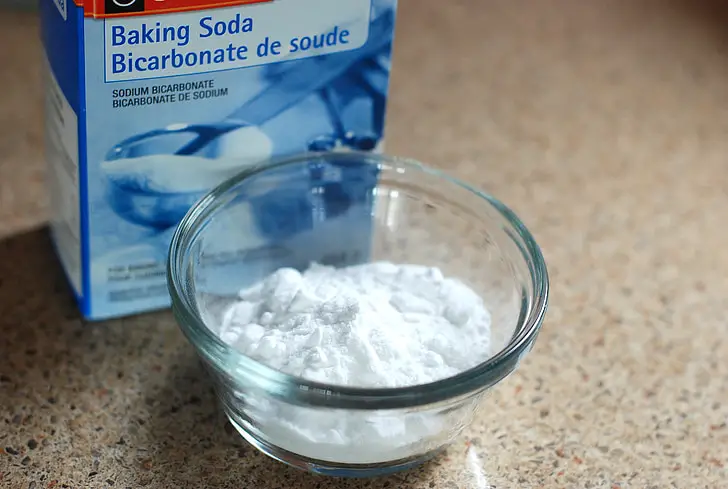
Removing a splinter can be tricky and uncomfortable, but baking soda offers a pain-free way to coax it out. By mixing a small amount of baking soda with water, you can create a thick paste. Apply this paste directly to the area with the splinter and cover it with a clean bandage. Over the course of a few hours, the baking soda causes the skin to swell slightly, which helps push the splinter toward the surface. This method is especially useful for tiny or deeply embedded splinters that are difficult to grasp with tweezers.
Once the splinter becomes more accessible, you can easily remove it without unnecessary digging or pain. Baking soda’s natural antiseptic properties also help prevent infection, making it a safe option for both children and adults. This remedy is a testament to the versatility of baking soda, an item found in nearly every kitchen. It’s a simple, low-cost alternative to more invasive methods and eliminates the need for sharp tools. Whether you’re dealing with a wood splinter or a thorn, this approach can save time and discomfort.
8. Coconut Oil for Cold Sores
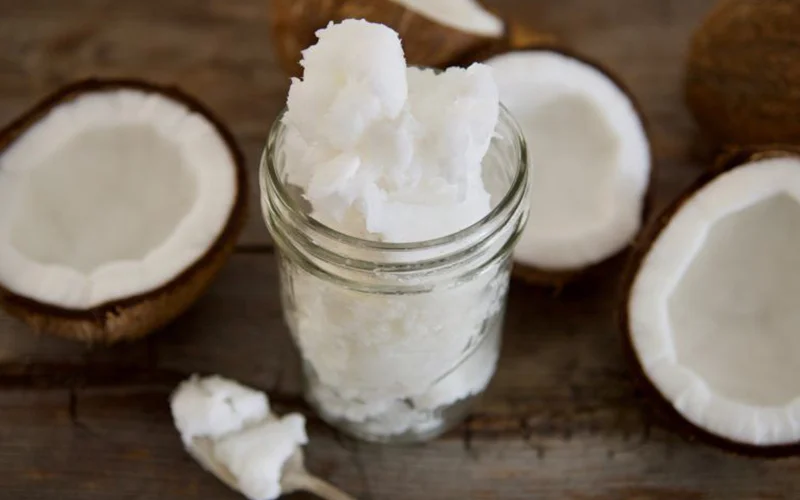
Cold sores can be both painful and unsightly, but coconut oil provides a soothing, natural remedy. Packed with antiviral properties, coconut oil can help combat the herpes simplex virus, which causes cold sores. Applying a small amount of pure coconut oil to the affected area several times a day can reduce inflammation, speed up healing, and alleviate discomfort. Its moisturizing properties also help prevent the sore from cracking, which can cause additional pain and slow recovery.
Coconut oil is gentle on the skin, making it an excellent option for those with sensitivities to over-the-counter treatments. Beyond its antiviral benefits, coconut oil contains lauric acid, which has been shown to have antimicrobial effects, further protecting the area from secondary infections. This affordable remedy is not only effective but also easy to incorporate into your routine. It’s a versatile product that can double as a skincare or cooking ingredient, adding to its appeal. With consistent use, many people report that coconut oil helps reduce the duration and severity of outbreaks, making it a reliable ally against cold sores.
9. Black Tea Bags for Puffy Eyes

The next time you find yourself dealing with puffy eyes, don’t reach for expensive creams—grab a couple of black tea bags instead. The caffeine in black tea helps reduce swelling by constricting blood vessels around the eyes, while the tannins work to tighten the skin and reduce puffiness. Start by steeping the tea bags in hot water, then let them cool in the refrigerator for about 15 minutes. Once chilled, place the tea bags over your closed eyes and relax for 10–15 minutes.
This soothing ritual not only refreshes your eyes but also helps diminish dark circles with regular use. It’s a natural, cost-effective remedy that transforms a pantry staple into a powerful beauty tool. The antioxidants in black tea also protect the delicate skin around the eyes, promoting a more youthful appearance. This treatment is perfect for early mornings, late nights, or any time you need a quick pick-me-up. Beyond its cosmetic benefits, the cooling sensation is incredibly relaxing, making it a great addition to your self-care routine. With consistent use, black tea bags can leave your eyes looking and feeling rejuvenated.
10. Oatmeal Baths for Itchy Skin
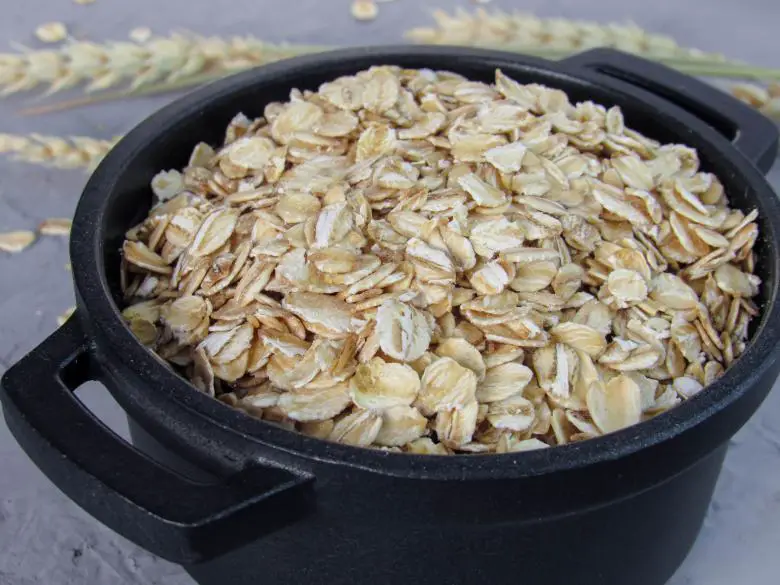
An oatmeal bath is one of the most soothing remedies for itchy, irritated skin, offering instant relief for conditions like eczema, rashes, or insect bites. To prepare, grind plain oats into a fine powder using a blender or food processor, and then sprinkle the powder into warm bathwater. Stir the water to evenly distribute the oatmeal, creating a milky solution that coats and soothes the skin. Oatmeal contains avenanthramides, compounds with anti-inflammatory and antioxidant properties that reduce redness and itching. The natural fats in oatmeal also form a protective barrier on the skin, locking in moisture and preventing further irritation.
This remedy is gentle enough for all ages, making it a favorite among parents for treating children’s skin sensitivities. Unlike chemical-based treatments, oatmeal baths are free of side effects and safe for frequent use. Spending 15–20 minutes soaking in an oatmeal bath can provide lasting relief and leave your skin feeling soft and hydrated. It’s an affordable, accessible remedy that transforms a common pantry item into a luxurious, therapeutic experience. For added relaxation, consider pairing your bath with calming essential oils, like lavender or chamomile.
11. Peanut Butter for Chewing Gum Removal
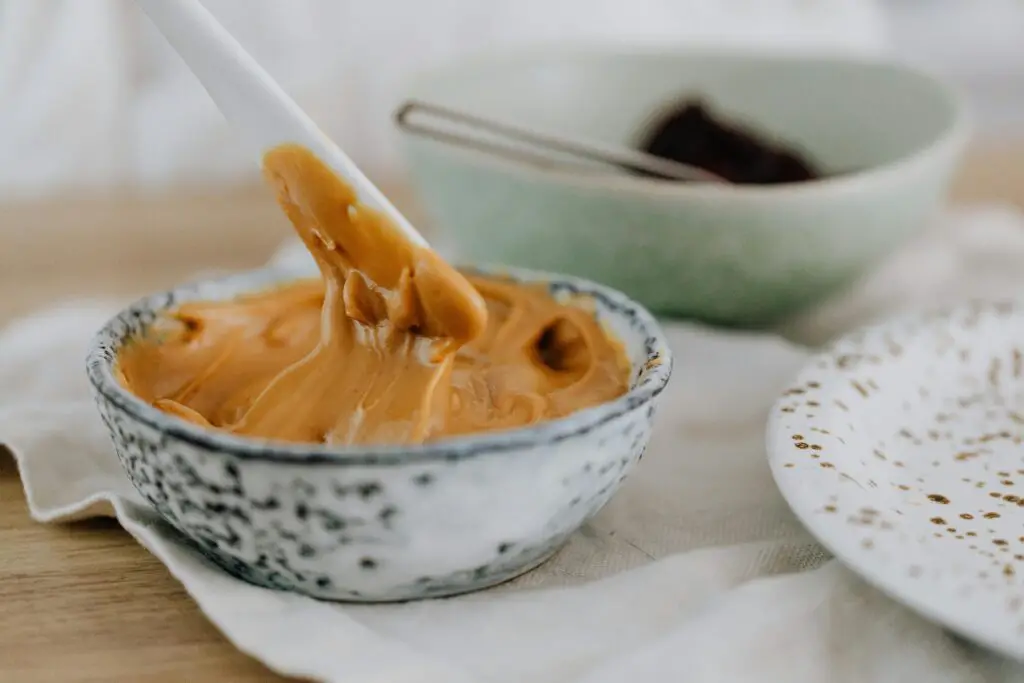
Getting gum stuck in your hair might seem like a disaster, but peanut butter offers a surprisingly effective solution. The oils in peanut butter work to break down the sticky polymers in gum, making it easier to remove. Start by applying a generous amount of peanut butter directly onto the gum, ensuring all the sticky strands are coated. Allow it to sit for a few minutes so the oils can work their magic. Then, gently use your fingers or a comb to work the gum out of the hair.
Once the gum is removed, wash the area with shampoo to remove any peanut butter residue. This method is safe, painless, and avoids the need for scissors, making it ideal for children or anyone with long hair. It’s a clever use for a kitchen staple that most households already have on hand. Unlike harsh chemical solvents, peanut butter is gentle and won’t damage your hair. This practical remedy has saved countless parents and individuals from a sticky situation, proving once again that peanut butter is good for more than just sandwiches.
12. Honey for Minor Burns
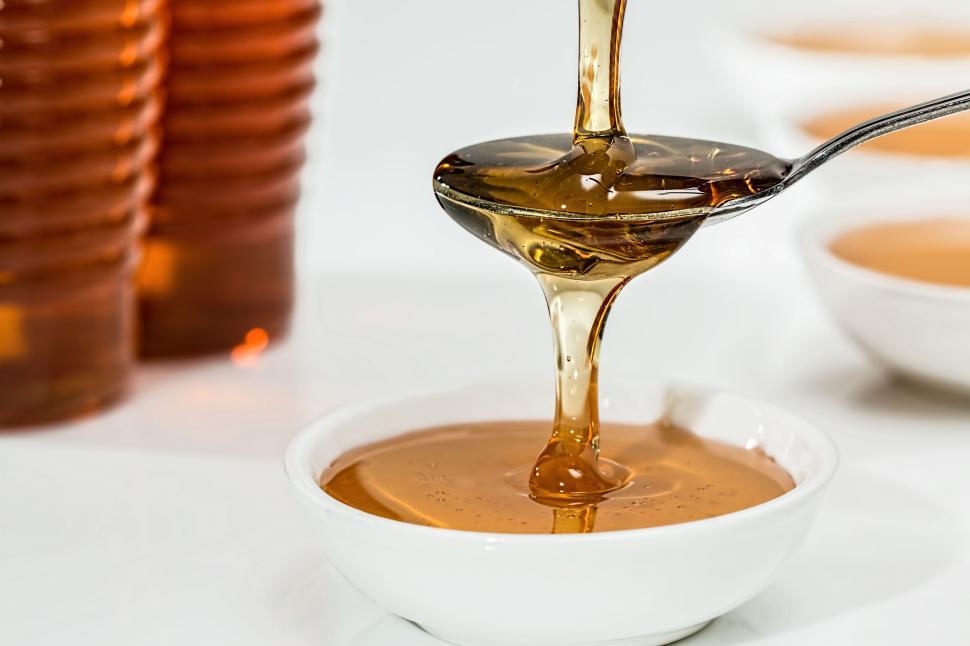
Honey, often referred to as liquid gold, isn’t just for sweetening tea—it’s a natural antiseptic and a soothing remedy for minor burns. When applied to a burn, honey creates a protective barrier that prevents infection while also drawing moisture to the affected area. This helps speed up the healing process and reduces the likelihood of scarring. Honey is rich in enzymes and antibacterial compounds, such as hydrogen peroxide, which disinfect the wound and calm inflammation.
To use this remedy, simply spread a thin layer of raw, unprocessed honey over the burn and cover it with a sterile bandage. Reapply the honey and change the dressing every few hours to keep the area clean and hydrated. The cooling sensation of honey also provides instant relief from the heat and pain of the burn. Unlike over-the-counter creams, honey is completely natural and free of harsh chemicals, making it a gentle option for sensitive skin. It’s been used for centuries in traditional medicine and is still highly regarded for its therapeutic properties. For minor kitchen mishaps or sunburns, this pantry staple can be a lifesaver, offering both immediate comfort and long-term healing.
13. Potato Slices for Headaches

Potatoes, a humble kitchen staple, might be the last thing you’d consider for headache relief, but they’ve been used as a natural remedy for centuries. The cooling properties of raw potato slices can help alleviate tension and reduce discomfort caused by headaches. Simply cut a fresh potato into thin slices and place them on your forehead or temples. The natural starches and moisture in the potato create a soothing effect, while the slight pressure from the slices can ease tension.
Some believe that the potato’s mineral content, particularly potassium, may also play a role in its pain-relieving properties. This method is especially effective for tension headaches or stress-induced discomfort. For added relief, you can chill the potato slices in the refrigerator before use. Unlike medications, this remedy is completely safe, has no side effects, and can be used as often as needed. It’s a practical, accessible solution for anyone seeking a natural approach to headache management. Whether you’re at home or traveling, this simple trick can provide a quick and effective way to relax and ease the pain.
14. Banana Peel for Bruises
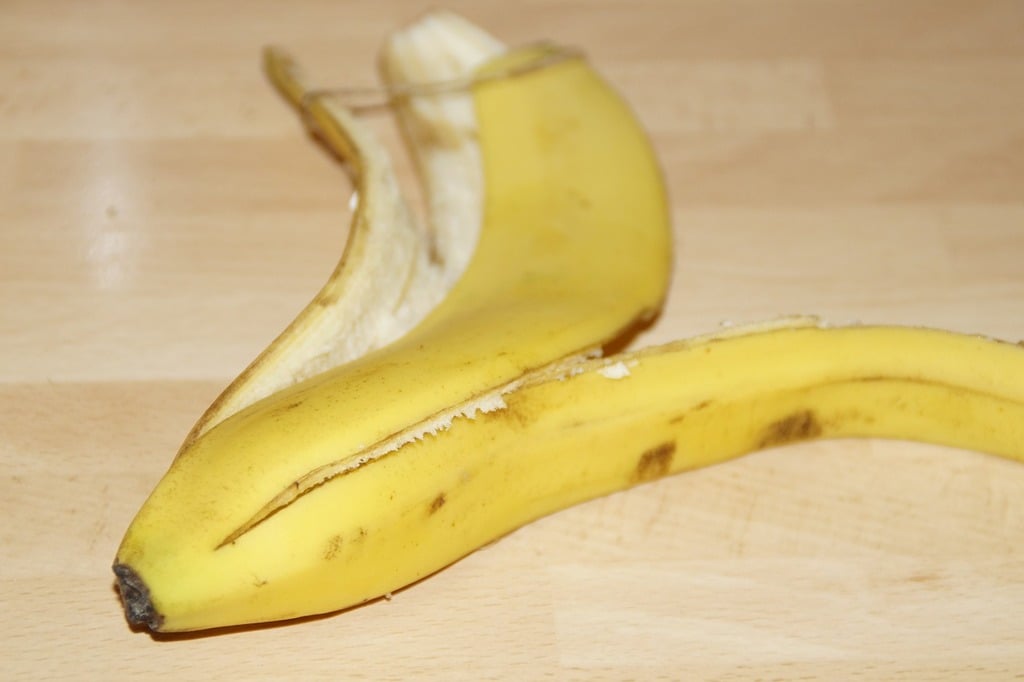
The next time you have a bruise, don’t throw away your banana peel—it might just help speed up the healing process. The inside of a banana peel contains natural compounds, such as antioxidants, vitamins, and potassium, that can reduce inflammation and improve blood circulation to the bruised area. To use this remedy, gently rub the inside of a fresh banana peel over the bruise, or tape a small piece of the peel directly to the skin for about 20–30 minutes.
This process can help minimize discoloration and swelling, making the bruise less noticeable over time. Some people also find that repeated applications, done daily, lead to faster recovery. This gentle method is particularly helpful for sensitive skin, as it’s chemical-free and entirely natural. It’s also an eco-friendly way to repurpose something that would otherwise be discarded. While it might sound unconventional, many people swear by the effectiveness of banana peels for treating minor bruises. Beyond their culinary uses, bananas prove once again to be a versatile fruit with surprising health benefits. If you’re looking for a unique, natural remedy, this is one to try.
